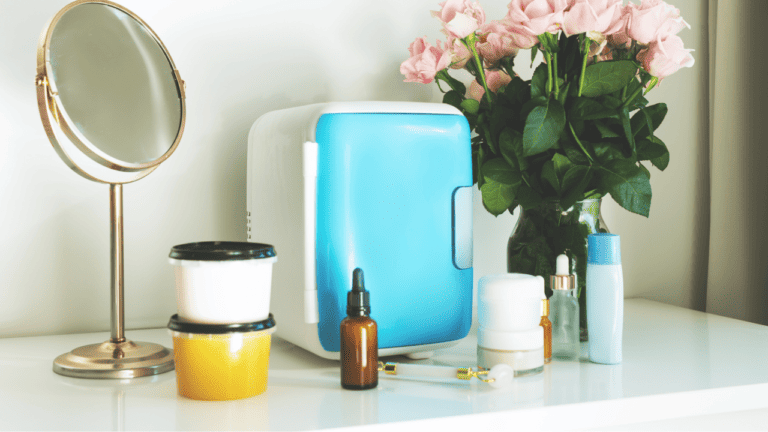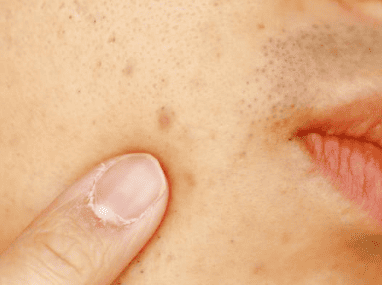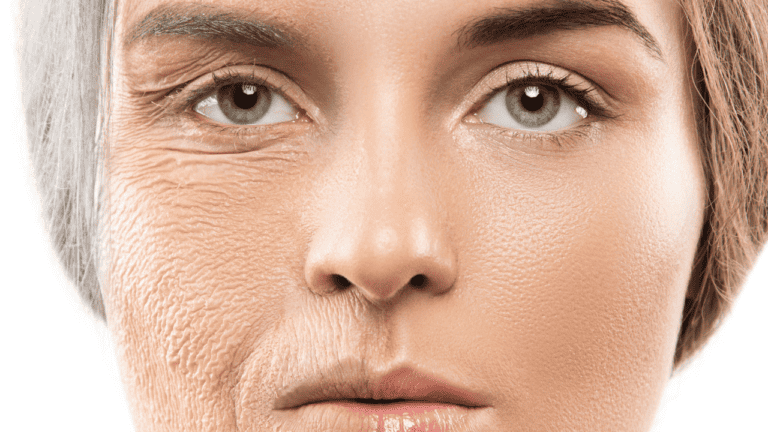Red Light Therapy is amazing for skincare and lately so many devices have come to the market promoting its amazing benefits, but did you know that you can naturally get red light from the sun?
Sunlight, often seen as a double-edged sword in skincare, is a powerhouse of benefits when understood and utilized correctly. Among the spectrum of lights that the sun emits, red light holds a special place in the realm of skin health. It’s not just about basking in the sun; it’s about knowing when and how to harness this natural resource to enrich your skin’s health.
Key Takeaways
- Timing is Crucial: The best times to absorb red light from the sun are during sunrise and sunset. These periods offer the most beneficial balance of red light with minimal harmful UV radiation.
- Safe Exposure Practices: Limit sun exposure to 10-15 minutes during these times and always use sun protection to guard against UV rays.
- Consistency Over Intensity: Regular, brief exposure to red light is more beneficial than occasional, long sessions.
Unveiling the Benefits of Red Light
Red light therapy, a trend that has garnered attention in dermatology and beauty circles, originates from a natural source — the sun. This gentle yet effective light spectrum is known for its ability to rejuvenate skin, reduce signs of aging, and promote healing. Our focus today is to guide you through the process of tapping into this natural elixir, ensuring that you reap maximum benefits without the risks associated with excessive sun exposure.
Understanding Red Light from the Sun
What is Red Light?
To appreciate the benefits of red light, it’s crucial to understand what it is. Red light is part of the visible light spectrum emitted by the sun, identifiable by its longer wavelengths. Unlike the harsher UV rays, red light penetrates the skin gently, offering therapeutic benefits without the damaging effects.
The Science of Red Light and Skin Interaction
At the heart of red light therapy’s effectiveness is its ability to penetrate deep into the skin layers. Once absorbed, this light spectrum works to stimulate collagen production, a key protein responsible for the skin’s elasticity and firmness. Additionally, red light is known to boost circulation, bringing more oxygen and nutrients to the skin cells, and aiding in the repair and rejuvenation process.
Red Light vs. Other Light Spectrums
While all parts of the sun’s light spectrum play roles in our health and environment, red light stands out for skincare due to its specific wavelengths. Unlike UV rays, which can cause damage to the skin’s DNA and lead to premature aging and skin cancers, red light offers a gentler, more skin-friendly alternative. It’s the therapeutic spectrum, offering healing and rejuvenation without the risks associated with UV exposure.
The Role of Red Light in Skin Cell Function
One of the most fascinating aspects of red light is its role in cellular function. It’s been found to boost energy production within skin cells, a process essential for cell repair and regeneration. This increase in cellular energy translates to various skin benefits, including improved healing, reduced inflammation, and a more vibrant, youthful complexion.
In the next sections, we’ll explore the best times to capture this magical light and how to safely incorporate it into your skincare routine. Stay tuned for insights that will transform the way you view the sun and its gifts to skin health.
The Best Time to Get Red Light from the Sun

Sunrise and Sunset: The Golden Hours for Red Light
When it comes to harnessing the red light from the sun for skincare, timing is everything. The ideal moments are during sunrise and sunset. During these periods, the sun is at its lowest point in the sky, and its light travels through a thicker layer of the atmosphere. This filtering effect allows more red wavelengths to reach your skin, minus the intensity of the midday sun.
Understanding Sun Angles and Atmospheric Conditions
The angle of the sun during sunrise and sunset not only reduces the intensity of UV rays but also enriches the quality of red light. Clear, unpolluted skies enhance this effect. However, it’s important to note that environmental factors like smog or haze can alter the light’s composition, sometimes leading to diminished benefits.
Safely Incorporating Red Sunlight into Your Skincare Routine
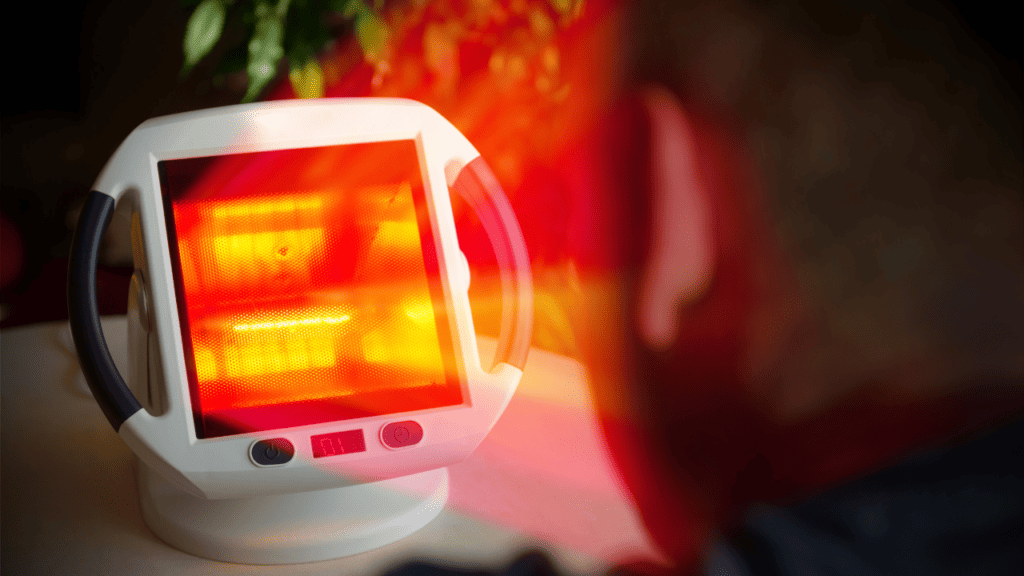
Guidelines for Safe Sun Exposure
While the benefits of red light are plentiful, it’s crucial to approach sun exposure responsibly. Dermatologists often recommend limiting direct sun exposure to 10-15 minutes during these times to balance benefit and safety. Always monitor your skin’s reaction to the sun and adjust accordingly.
In fact, this is not far from how long dermatologists recommend using red light therapy devices. They are most often used for around 15 minutes as well.
Balancing Sunlight and Skin Protection
Incorporating red light into your skincare routine doesn’t mean abandoning sun protection. On the contrary, applying a broad-spectrum sunscreen is still vital to protect your skin from harmful UV rays that are also present during these hours. Wearing protective clothing and seeking shade post-exposure can further shield your skin.
Frequency and Duration of Red Light Exposure
Consistency and moderation are key. Regular, short sessions of red light exposure can be more beneficial than occasional, prolonged sessions. Aim for a balanced routine that accommodates your skin type and lifestyle while respecting the sun’s intensity in your geographical location.
Alternative Sources of Red Light for Skincare
Natural Sunlight vs. Artificial Red Light Therapies
While natural sunlight is the most accessible source of red light, it’s not always practical or safe for everyone, especially those with sensitive skin or living in less sunny regions. Artificial red light therapies, available as lamps, bulbs, or even full-body panels, offer a controlled and concentrated form of red light that can be used safely indoors.
Recommendations for Red Light Therapy Devices
For those opting for artificial red light, it’s essential to choose devices that emit light at the right wavelength, typically around 660 nm. Quality devices are FDA-approved and come with guidelines on usage duration and frequency. It’s always advisable to consult a dermatologist before starting any new skincare treatment, including red light therapy.
In the next sections, we’ll summarize these insights into key takeaways and address some frequently asked questions to further guide you in incorporating red light into your skincare routine effectively and safely.
Embracing Red Light in Your Skincare Routine
In conclusion, red light from the sun, when harnessed correctly, can be a powerful ally in skincare. Whether you’re soaking in the gentle rays of the early morning or evening sun or turning to artificial red light therapies, understanding the proper use and safety guidelines is key. Remember, skincare is a personal journey, and what works for one might not work for another. Always listen to your skin and consult professionals when in doubt. By incorporating red light into your routine thoughtfully, you can unlock its numerous benefits and enjoy healthier, more radiant skin.
Common Inquiries about Red Light and Skincare (FAQs)
Can Red Light from the sun reduce signs of aging?
Yes, red light is known for its collagen-boosting properties, which can help reduce the appearance of fine lines and wrinkles, contributing to a more youthful complexion. However the sun also has UV rays which is known to cause aging, so ensure that you use a broad spectrum sunscreen when outdoors.
How long should I be exposed to red light for skincare benefits?
For natural sun exposure, aim for 10-15 minutes during sunrise or sunset. When using artificial red light devices, follow the manufacturer’s guidelines, usually around 15-20 minutes per session.
Are there any risks associated with red light exposure?
Natural red light exposure carries the risk of UV damage if not balanced with sun protection. Artificial red light is generally safe, but overuse can lead to skin irritation or exacerbate certain skin conditions.

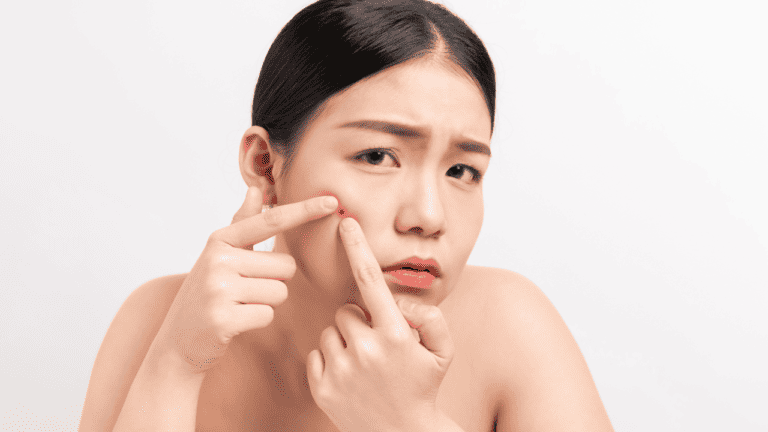

![Ilso Nose Pack [Review] – Tried & Tested](https://itslisabelle.com/wp-content/uploads/2023/12/Screenshot-2023-12-22-at-7.04.26 PM-768x770.png)
